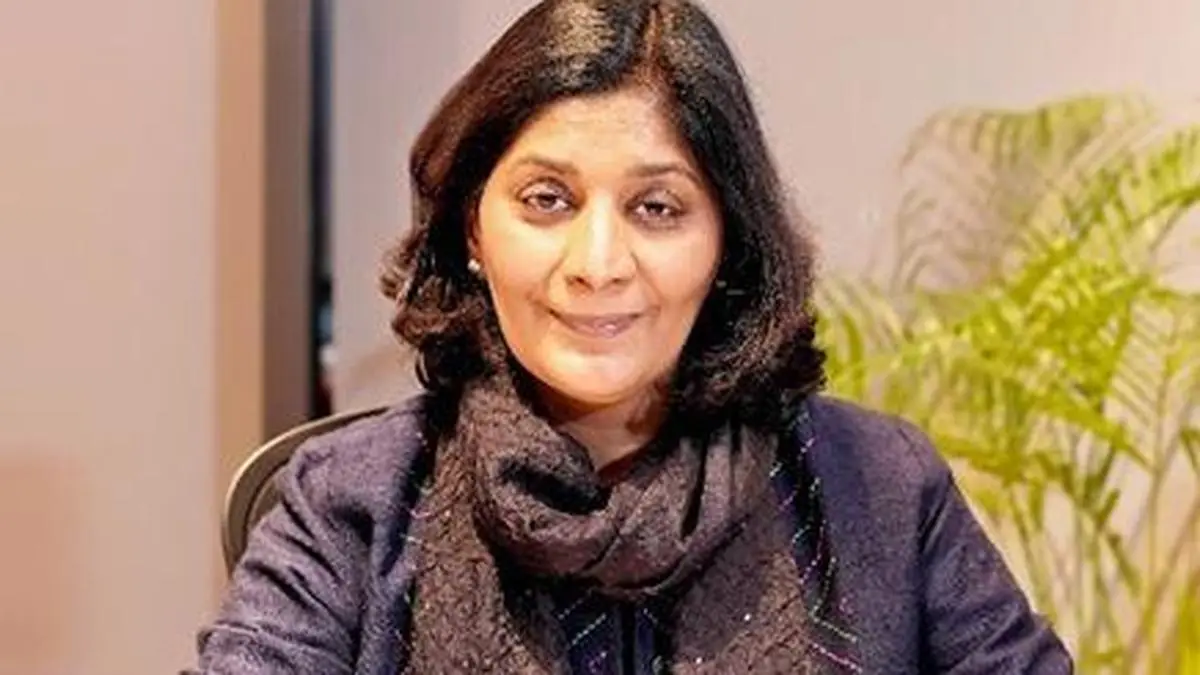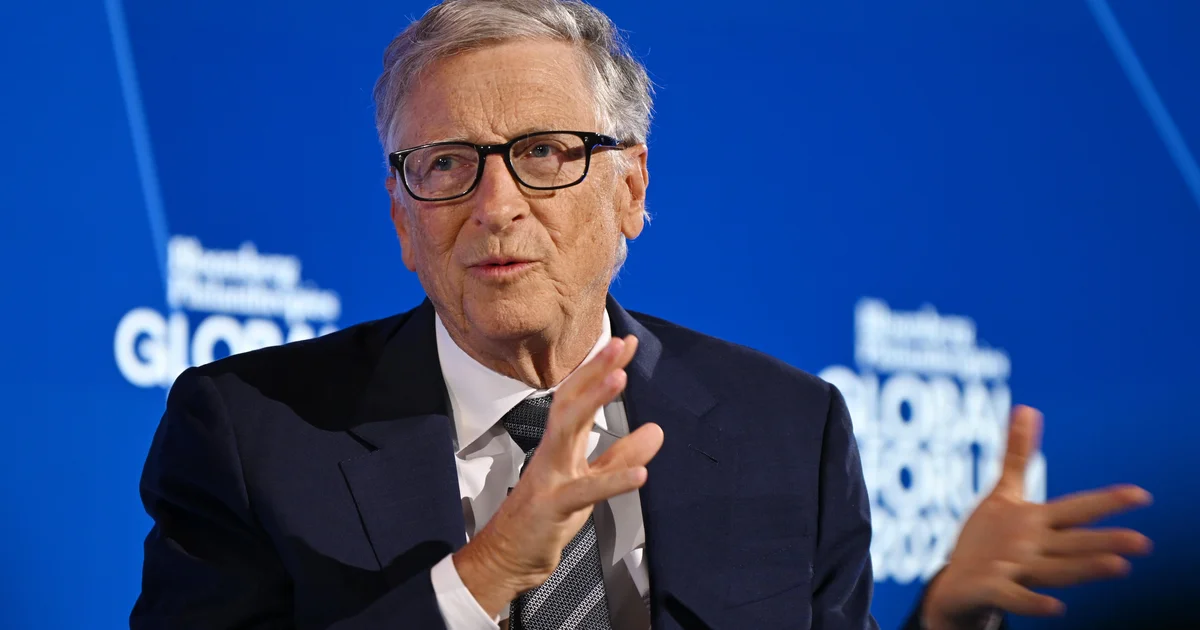Copyright thehindubusinessline

Emerging markets (EMs) today do not face macroeconomic stability issues, but rather face greater risks to sustained growth, and meaningful employment generation, said Reserve Bank of India (RBI) Deputy Governor Poonam Gupta in a speech on Wednesday. The key challenge for EMs lies in finding the new sources of growth. In learning to live in a world in which trade as an engine of growth is faltering, and, therefore, domestic sources of growth need to play a larger role. Gupta said the acceleration in economic growth witnessed across EMs in 2000s was driven by a rapid expansion in global trade. The ratio of world trade to GDP increased from about 41 per cent in 1994 to 61 per cent in 2008. However, since the global financial crisis of 2008-09, the global trade to GDP ratio has flattened, reducing the avenues for EMs to grow faster by leveraging global demand. increased Protectionism More recently, Gupta said a new threat to global trade has emerged from the increased incidence of protectionism. Apart from reducing the contribution of external demand to growth, these developments also reduce the impact of potential spill-over benefits to domestic growth through channels such as technology transfer. “Even as some of the trade relations will be rebuilt and others will evolve during the course of time, the years of hyper globalisation are unlikely to return anytime soon,” she said. Neither the manufacturing sector is turning out to be a sure way to economic success for EMs due to the existing large players continuing to be market leaders. “Another challenge, especially for those economies where demography is still favourable, is that under employment remains high, gender gaps remain wide, and a large share of workers remain in less productive informal jobs,” she added. India’s policy frameworks, however, have continued to evolve and are currently among the global best. It has largely adhered to the path of fiscal consolidation, barring periods of significant shocks such as Covid-19 pandemic. Importantly, the composition of debt, and the improved quality of public spending has rendered public debt safe. Most of the public debt is long term, is denominated in local currency, and is held domestically. Flexible Inflation Targeting framework for monetary policy, introduced in 2016, was a major structural reform in India, she said. Published on October 29, 2025



